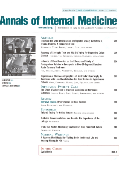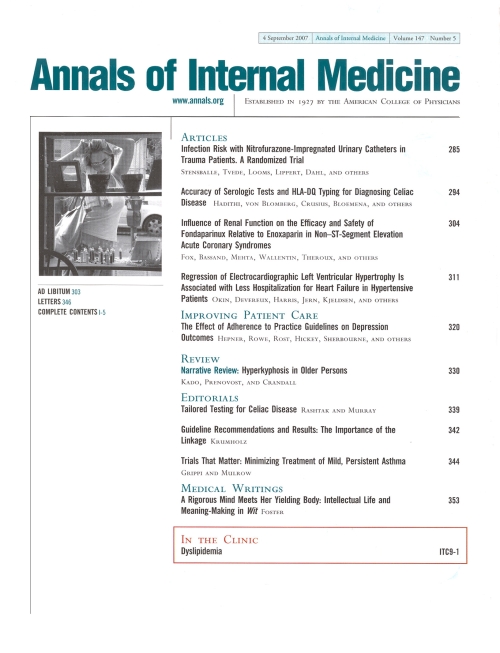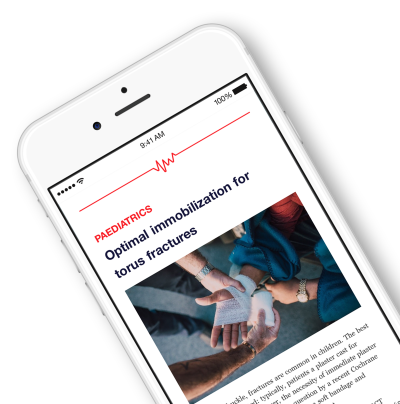
Exercise and ultrasonography are effective in treating adults with knee osteoarthritis .
This report has been verified
by one or more authors of the
original publication.
This study has been identified as potentially high impact.
OE's AI-driven High Impact metric estimates the influence a paper is likely to have by integrating signals from both the journal in which it is published and the scientific content of the article itself.
Developed using state-of-the-art natural language processing, the OE High Impact model more accurately predicts a study's future citation performance than journal impact factor alone.
This enables earlier recognition of clinically meaningful research and helps readers focus on articles most likely to shape future practice.
Physical therapy interventions for knee pain secondary to osteoarthritis: A systematic review
Ann Intern Med. 2012 Nov 6;157(9):632-44. doi: 10.7326/0003-4819-157-9-201211060-00007This meta-analysis and systematic review included 193 studies (84 randomized controlled trials were assessed in the meta-analysis) comparing physical therapy to a control group in patients with knee osteoarthritis (OA). The most effective interventions were ultrasonography, and aerobic, aquatic, strengthening, and proprioception exercise. Education, orthotics, taping, tai chi, and pulsed electromagnetic fields had no clinically significant effect on any of the patient-centered or functional outcomes of interest. Few adverse events occurred in the studies.
Unlock the Full ACE Report
You have access to 4 more FREE articles this month.
Click below to unlock and view this ACE Reports
Unlock Now
Critical appraisals of the latest, high-impact randomized controlled trials and systematic reviews in orthopaedics
Access to OrthoEvidence podcast content, including collaborations with the Journal of Bone and Joint Surgery, interviews with internationally recognized surgeons, and roundtable discussions on orthopaedic news and topics
Subscription to The Pulse, a twice-weekly evidence-based newsletter designed to help you make better clinical decisions
Exclusive access to original content articles, including in-house systematic reviews, and articles on health research methods and hot orthopaedic topics

































































